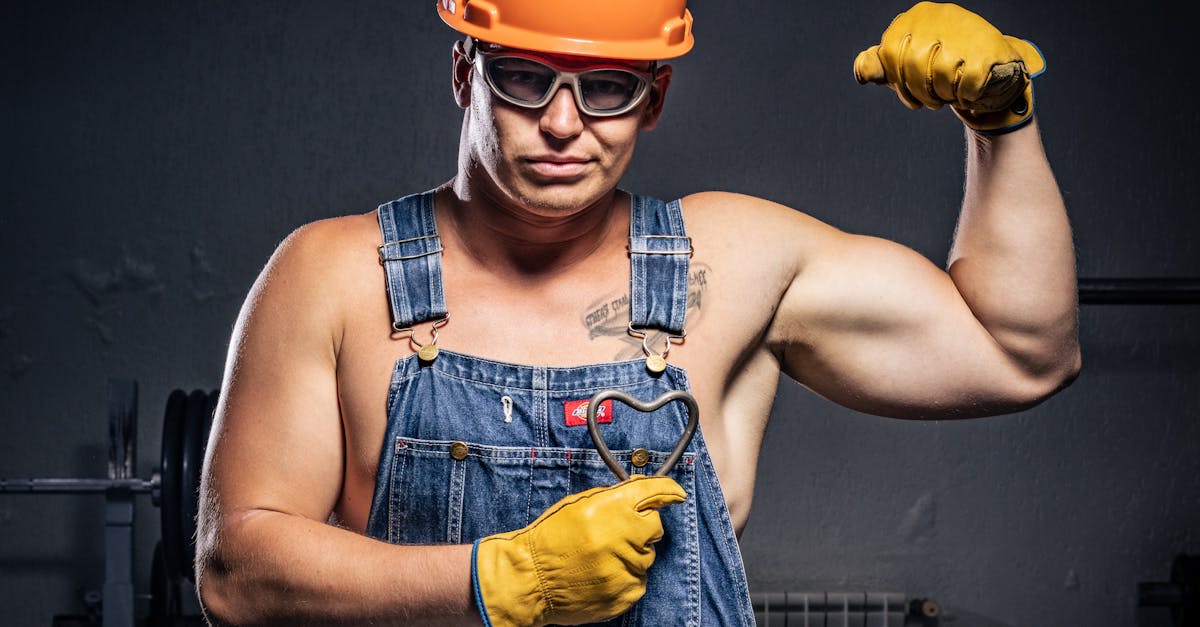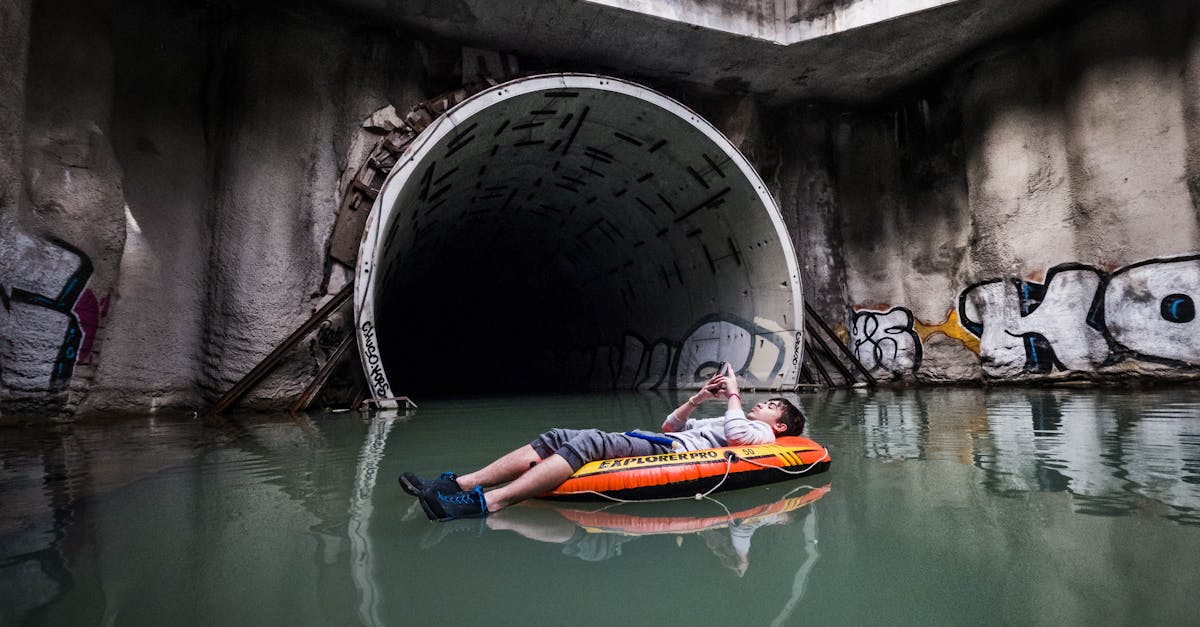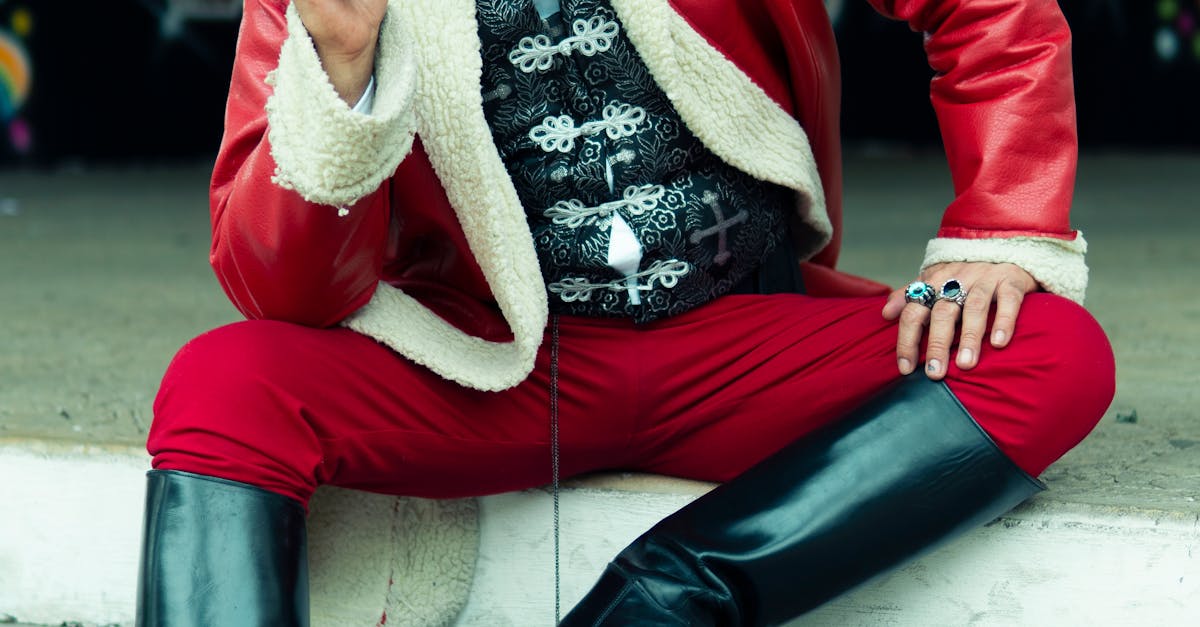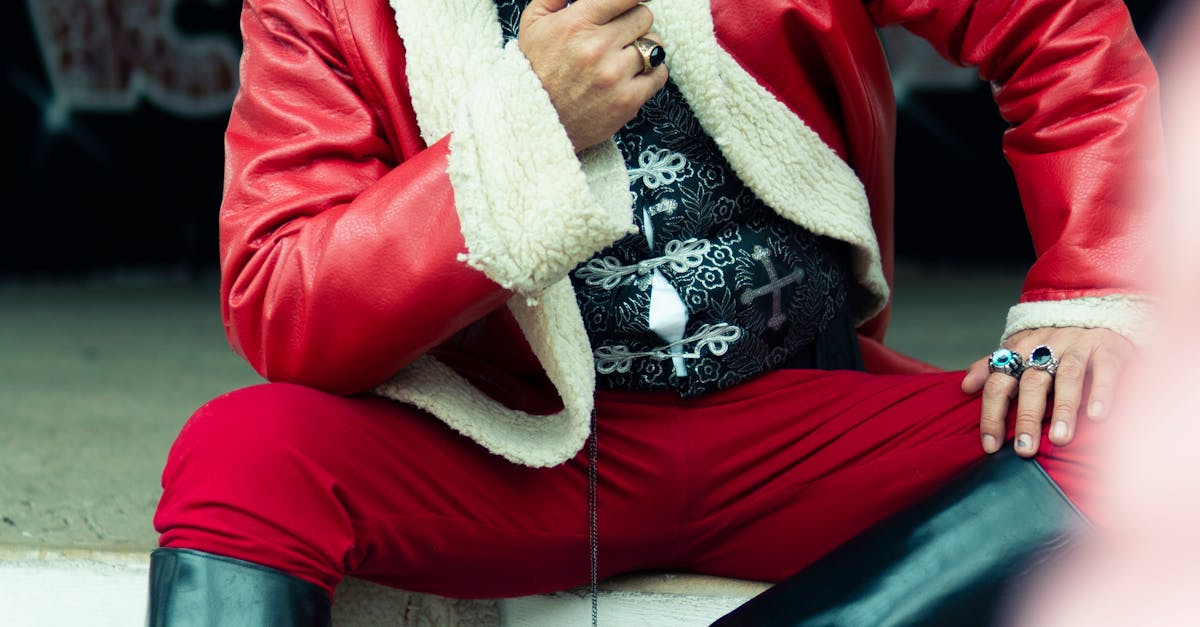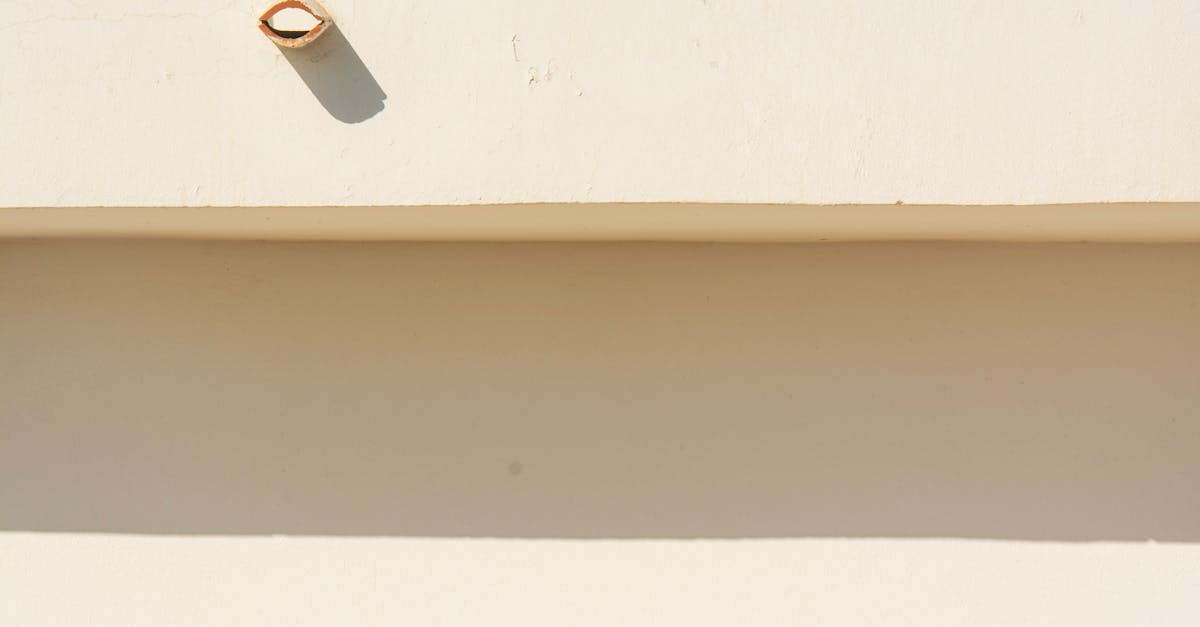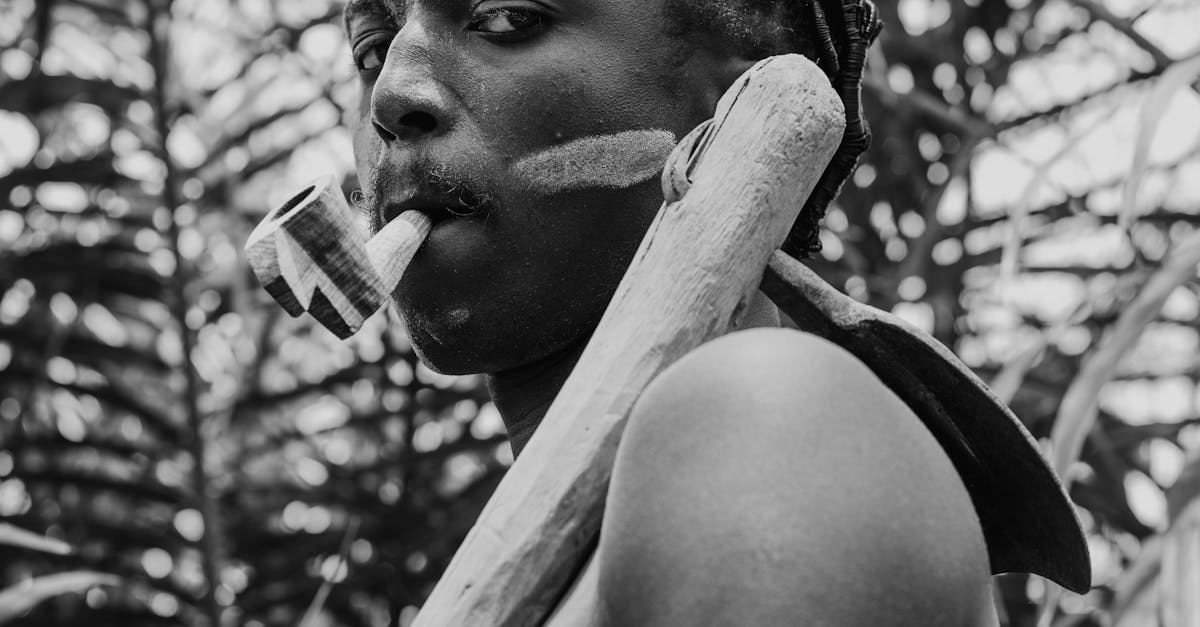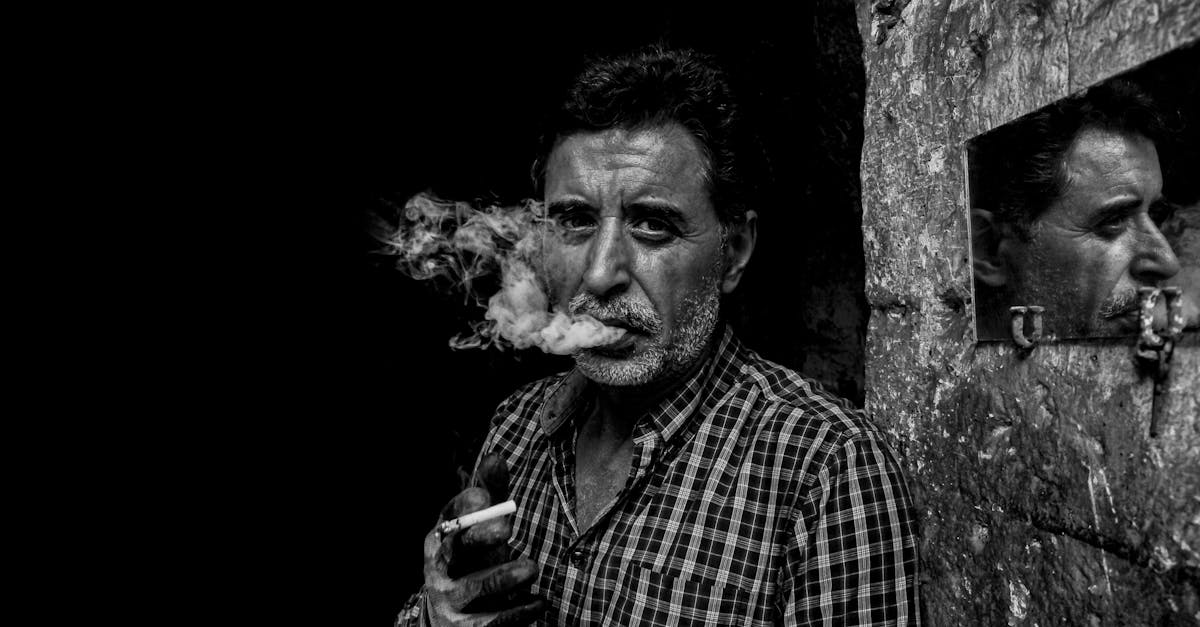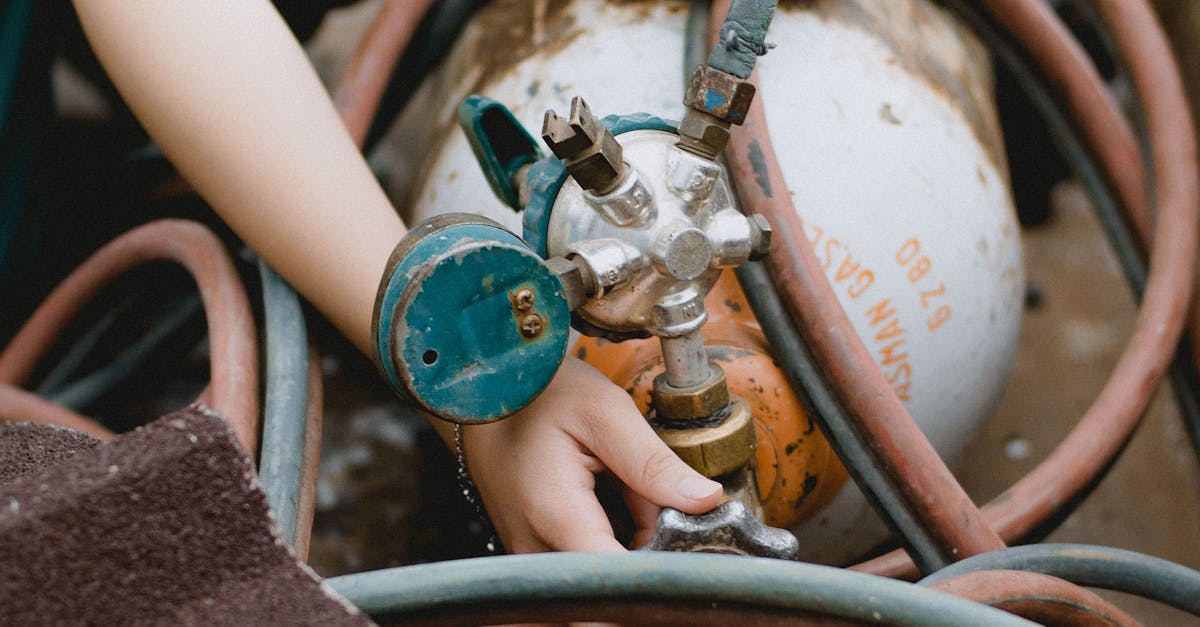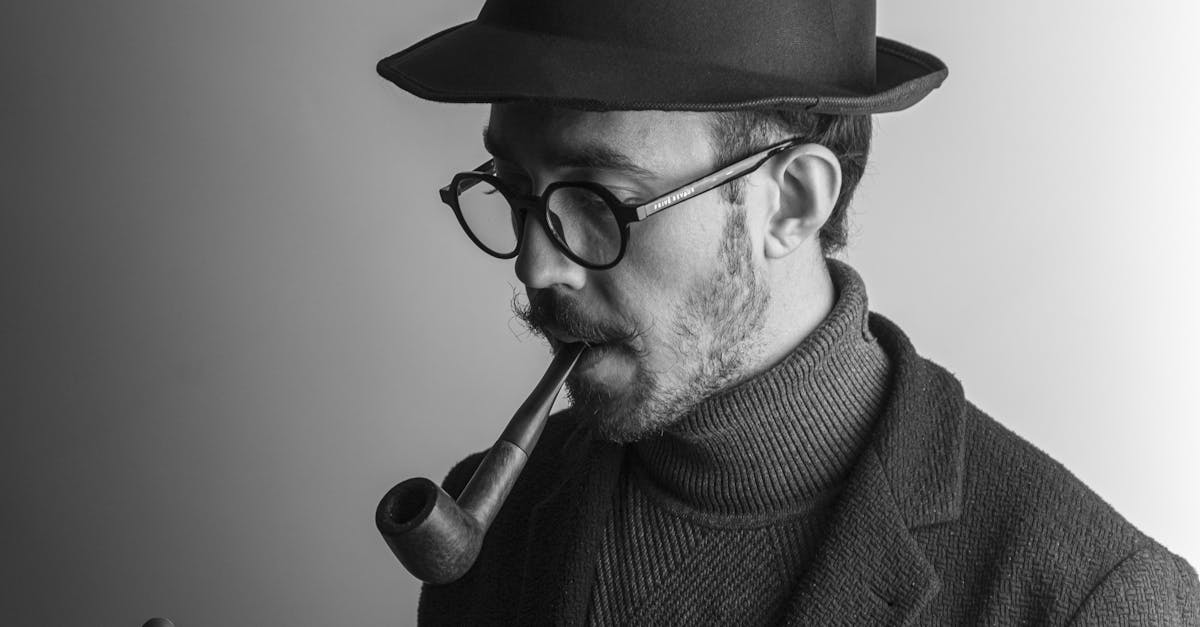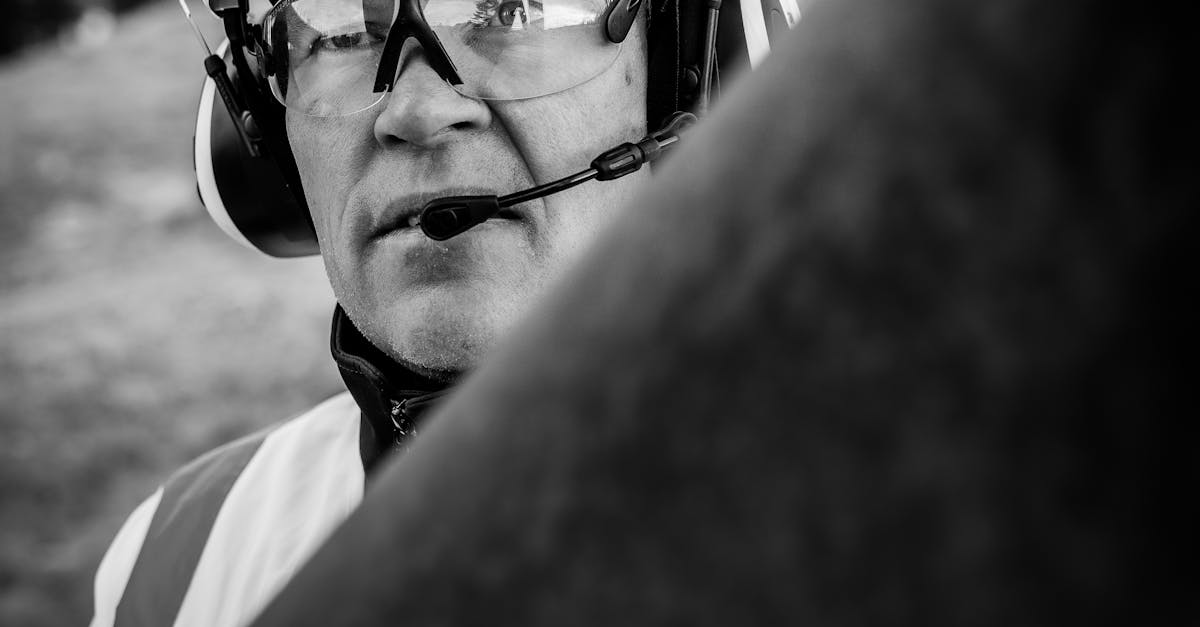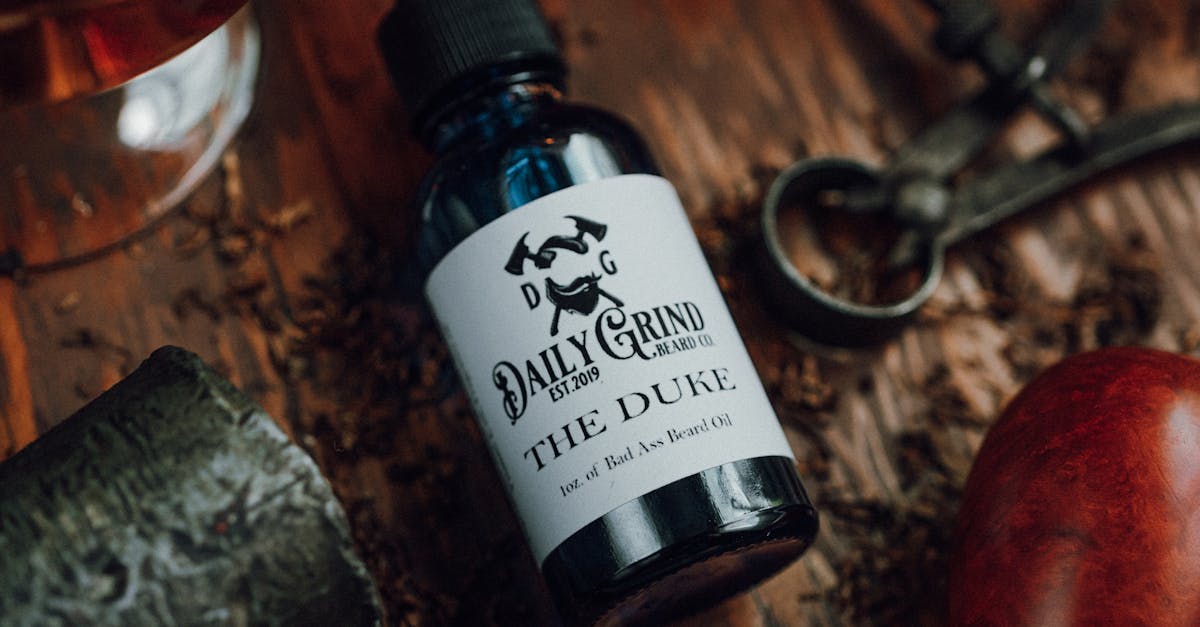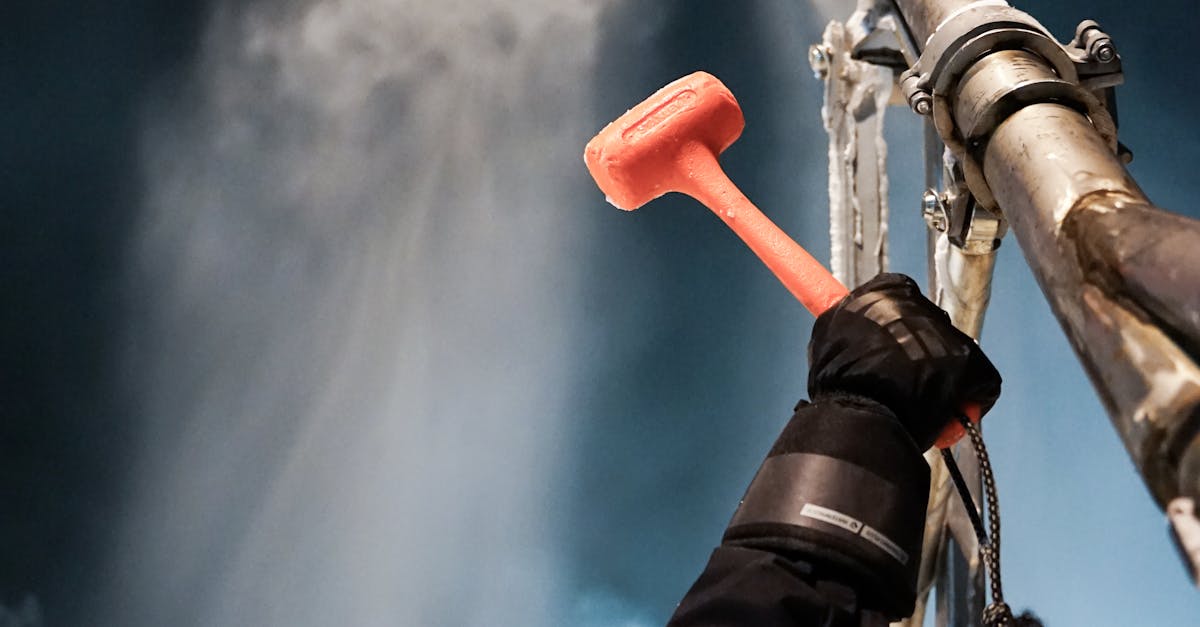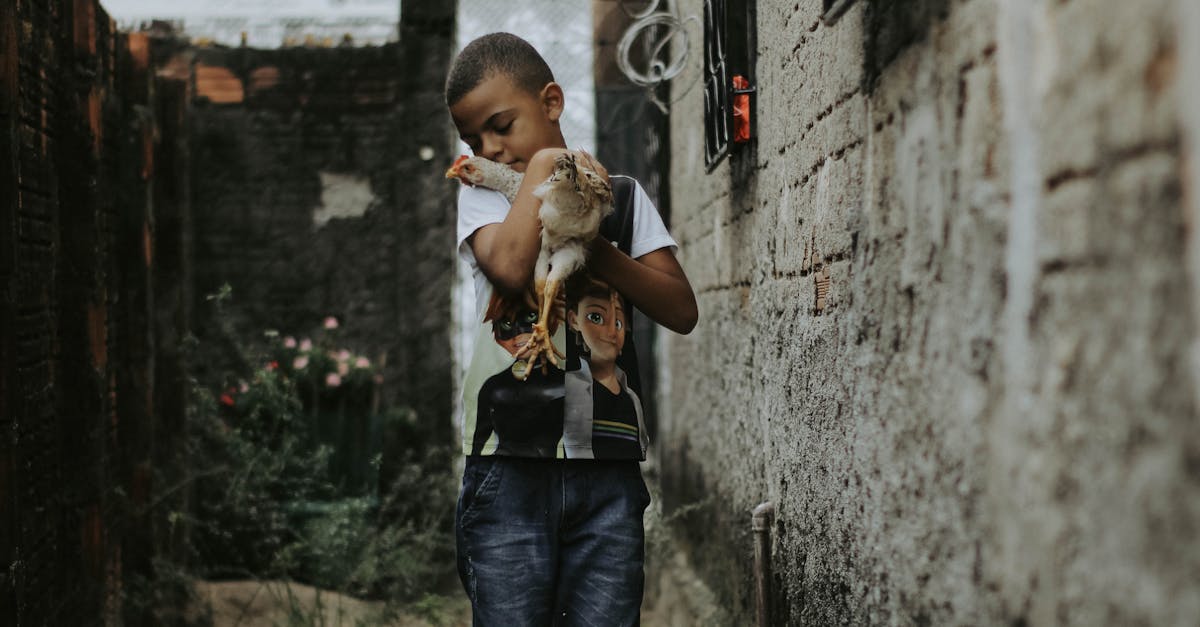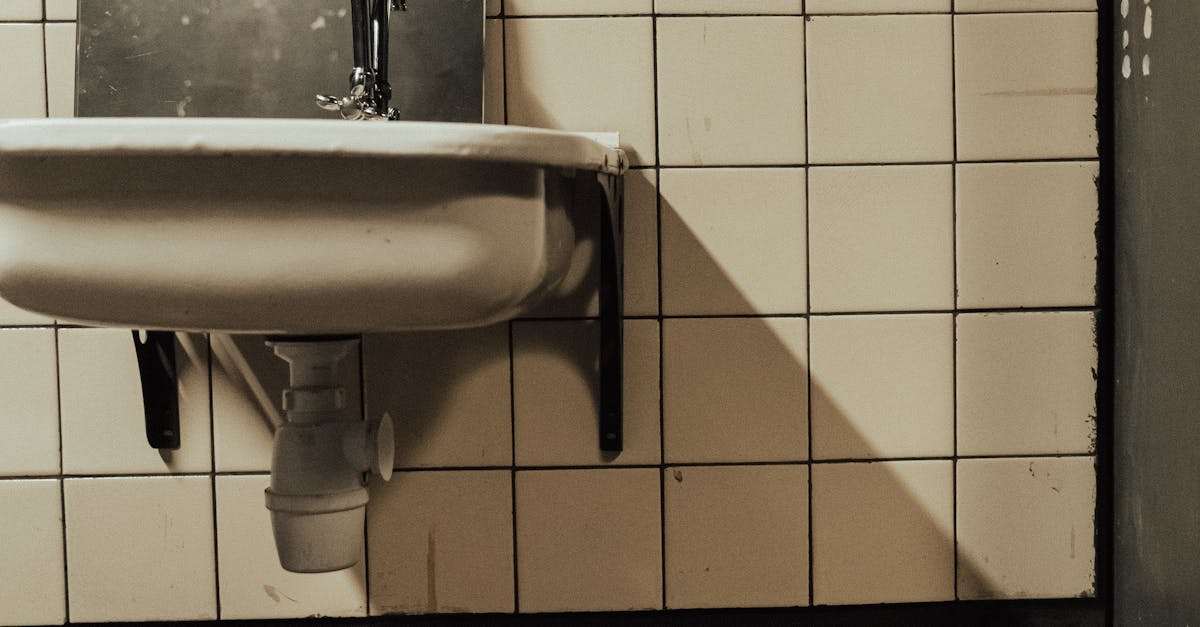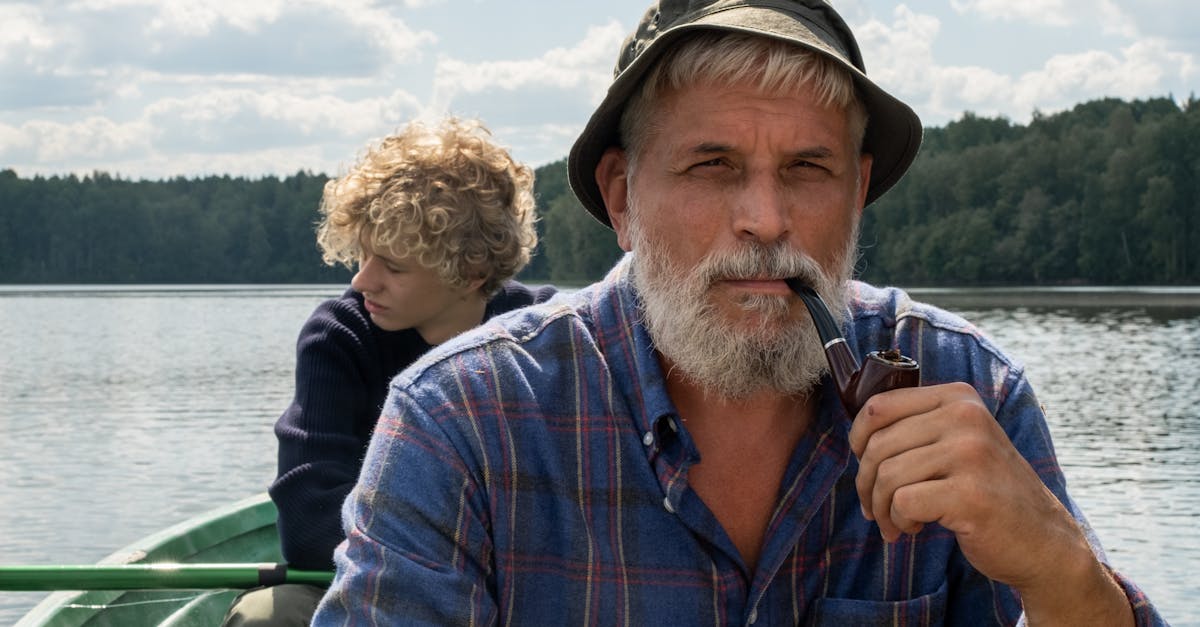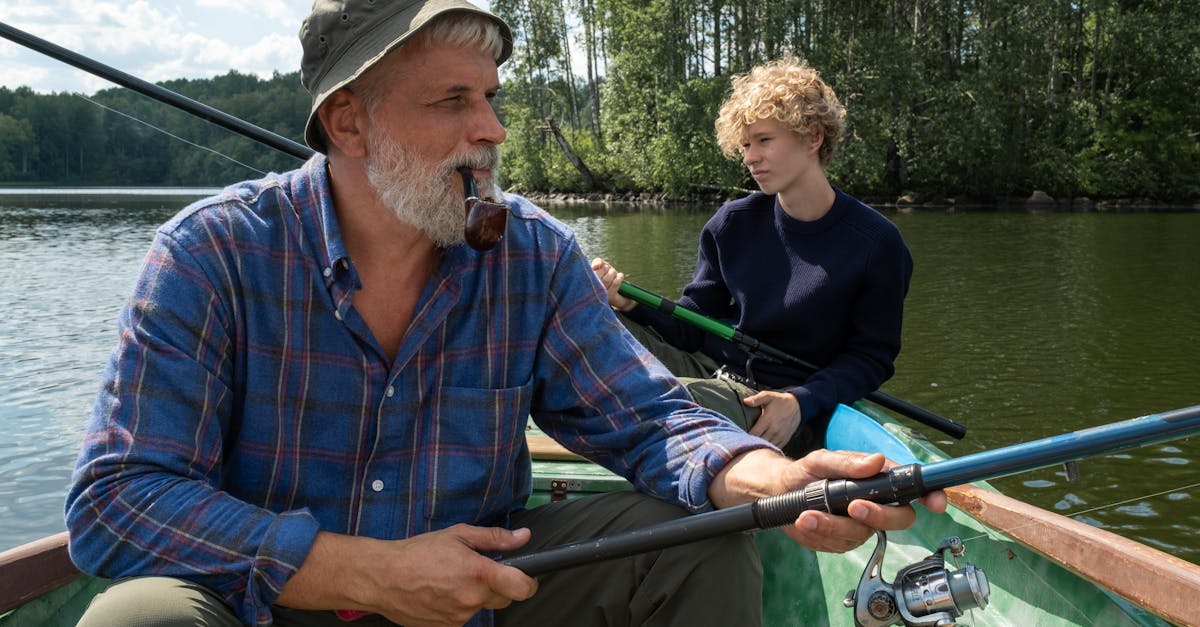
Table Of Contents
Longevity and Durability of Relined Pipes
The longevity and durability of relined pipes primarily depend on the materials used during the pipe relining process. High-quality epoxy resins are frequently employed for their resistance to corrosion and abrasion, contributing to an extended lifespan. While many manufacturers claim their products can last over fifty years, external factors such as soil conditions, groundwater, and chemical exposure can influence this durability. Regular maintenance checks can be beneficial in ensuring the integrity of the relined pipes, as they are still susceptible to potential damage from intruding tree roots or shifting soil.
Users often appreciate the fact that pipe relining provides a less invasive solution compared to traditional pipe replacement. This method creates a new pipe within the existing one, minimising the disruption to the surrounding environment. Although there may be concerns regarding the limitations of retrievability and potential for future blockages, many find that the advantages of relined pipes often outweigh these drawbacks. With proper installation and care, relined pipes present a reliable solution for extending the life span of plumbing systems.
Expected Lifespan and Performance
Expected lifespan of pipe relining typically ranges from 50 to 100 years, depending on various factors such as the material used and the environment in which the pipes are installed. It is designed to withstand the pressures and challenges posed by daily use, including the flow of wastewater and potential ground movement. Many homeowners report satisfactory performance, highlighting the technology’s effectiveness in restoring functionality to aging pipes.
Despite the promising longevity, the performance of relined pipes can be impacted by improper installation or the existing condition of the original pipes. While relining can effectively seal cracks and prevent leaks, it cannot address underlying issues such as severe structural damage. Regular inspections and maintenance remain crucial for ensuring that relined pipes perform optimally throughout their expected lifespan.
Installation Process of Pipe Relining
The installation process of pipe relining begins with a thorough assessment of the existing pipe condition. A camera inspection is typically performed to identify blockages, cracks, or other damage. This step ensures that the right approach is taken for the relining procedure. Once the assessment is complete, the area surrounding the pipe is prepared. This preparation may involve clearing any obstructions and ensuring that access points are correctly established for the relining equipment.
After preparation, the relining material, often a resin-saturated liner, is introduced into the damaged pipe. The liner is carefully positioned and then inflated to adhere to the inner walls of the existing pipe. Heat or UV light may be used to cure the resin, forming a new, durable pipe within the old one. This method not only restores functionality but also enhances the pipe's structural integrity. Throughout the process, skilled technicians monitor developments to ensure optimal results and feasibility of the pipe relining method employed.
Steps Involved in the Relining Procedure
The pipe relining process begins with a thorough inspection of the existing pipes, often using video equipment to identify damages and blockages. Once the condition of the pipes is assessed, the cleaning process takes place to remove any debris, tree roots, or build-up inside. This step is crucial as it ensures that the new liner adheres properly to the existing pipe. After cleaning, the relining material, typically a resin-impregnated liner, is prepared for insertion into the damaged pipe.
Once the liner is in place, it is inflated to form a tight fit against the inner surface of the existing pipe. The resin then cures, usually using ambient temperature or hot water, to create a solid, durable lining. This newly formed inner pipe effectively seals off any leaks or weaknesses in the original structure. Following the curing process, a final inspection is often conducted to ensure the integrity of the relined pipes and that they meet required performance standards.
Environmental Impact of Pipe Relining
The environmental impact of pipe relining has garnered attention due to its potential benefits over traditional pipe replacement methods. By minimising the need for excavation, pipe relining reduces soil disturbance and erosion. This approach conserves natural landscapes and prevents disruption to existing flora and fauna in the area. Additionally, the use of advanced materials in pipe relining can lead to improved efficiency and less leakage, ultimately resulting in reduced water waste.
Despite its advantages, some concerns exist regarding the materials used in pipe relining. The resin components, while effective for strengthening pipes, may raise questions about their long-term environmental effects. If not managed properly, the chemical by-products can potentially enter the surrounding ecosystem. Therefore, it is crucial that industry practices include careful consideration of material choice and disposal methods to ensure that the overall impact of pipe relining remains positive.
Sustainability Considerations
The sustainability considerations of pipe relining revolve around the materials used and the impact on the environment. This method typically employs trenchless technologies, which help reduce the disturbance to the surrounding soil and ecosystems. Traditional excavation methods can result in significant land degradation, whereas pipe relining minimises this impact by avoiding the need for extensive digging. The use of durable materials also means that relined pipes can last longer, reducing the frequency of replacements and associated waste.
Another important aspect of sustainability in pipe relining is the reduction of water pollution. Relining damaged pipes helps prevent leaks and avoids the release of harmful substances into the groundwater. This is particularly crucial in areas with vulnerable ecosystems dependent on clean water sources. By keeping existing infrastructure intact and enhancing its functionality, pipe relining contributes positively to environmental preservation efforts and promotes sustainable urban development practices.
FAQS
What is the main disadvantage of pipe relining?
The main disadvantage of pipe relining is that it can sometimes fail to address underlying issues, such as tree root intrusion or severe pipe damage, which may require more extensive repairs.
How long does pipe relining typically last?
Pipe relining is expected to last around 50 years, but its longevity can be affected by factors such as the quality of installation and the condition of the original pipes.
Is the installation process of pipe relining disruptive?
The installation process of pipe relining is generally less disruptive than traditional excavation methods, as it requires minimal digging and can often be completed in a shorter time frame.
Are there any environmental impacts associated with pipe relining?
While pipe relining is often considered a more sustainable option compared to traditional methods, it can still have environmental impacts, such as the use of chemicals in the relining material and potential waste generation.
Can relined pipes still experience blockages?
Yes, relined pipes can still experience blockages if not properly maintained, and any pre-existing issues in the original pipe system may still persist even after relining.
